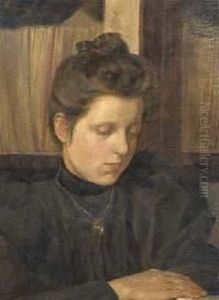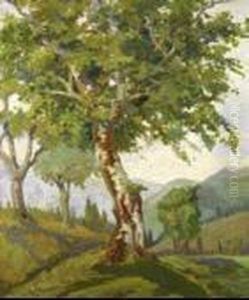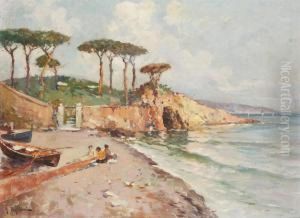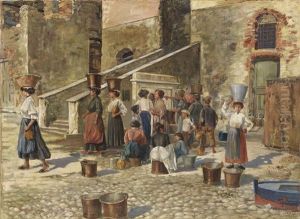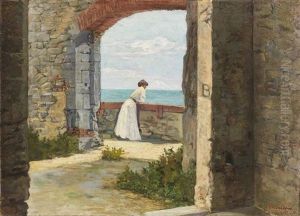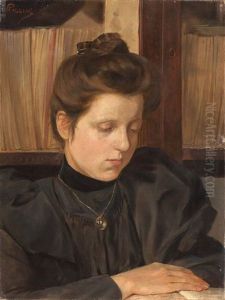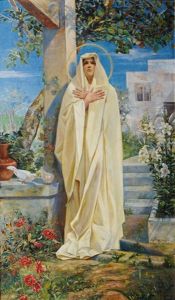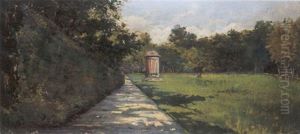Arturo Pagliai Paintings
Arturo Pagliai was an Italian painter and sculptor known for his contributions to 20th-century art, particularly in the context of the Italian art scene. Born in 1922 in Florence, Italy, Pagliai grew up in a country rich with artistic heritage, which undoubtedly influenced his development as an artist. He was part of a generation that witnessed the turmoil of World War II and the subsequent reconstruction of Italy, events that shaped the themes and expressions in his work.
Pagliai's artistic journey began with traditional training, where he honed his skills in drawing, painting, and sculpture. Over the years, he evolved a distinctive style that straddled the line between figuration and abstraction. His work often featured a strong use of color and dynamic compositions that reflected the post-war Italian mood of optimism mixed with introspection.
During the 1950s and 1960s, Pagliai became well-known in the Italian art scene. His work was exhibited in various galleries and museums across Italy and beyond, helping to cement his reputation as a significant artist of his time. Pagliai was also a member of several artistic groups and associations, through which he engaged with other artists and contributed to the vibrant cultural dialogue that characterized the post-war period.
Arturo Pagliai continued to create art until late in his life, constantly experimenting with new materials and techniques. His dedication to his craft and his ability to adapt to changing artistic trends allowed him to maintain a relevant and respected position in the art community. Pagliai passed away in 2007, leaving behind a legacy of artwork that continues to be appreciated for its emotional depth and aesthetic innovation.
Throughout his career, Pagliai remained deeply connected to his Italian roots, often drawing inspiration from the country's history, landscapes, and cultural motifs. His works are part of public and private collections, and they serve as a testament to his skill and creativity. Arturo Pagliai's biography is that of an artist who was deeply engaged with the social and political currents of his time, reflecting them through a personal lens that transcended the local and resonated with universal human experiences.
